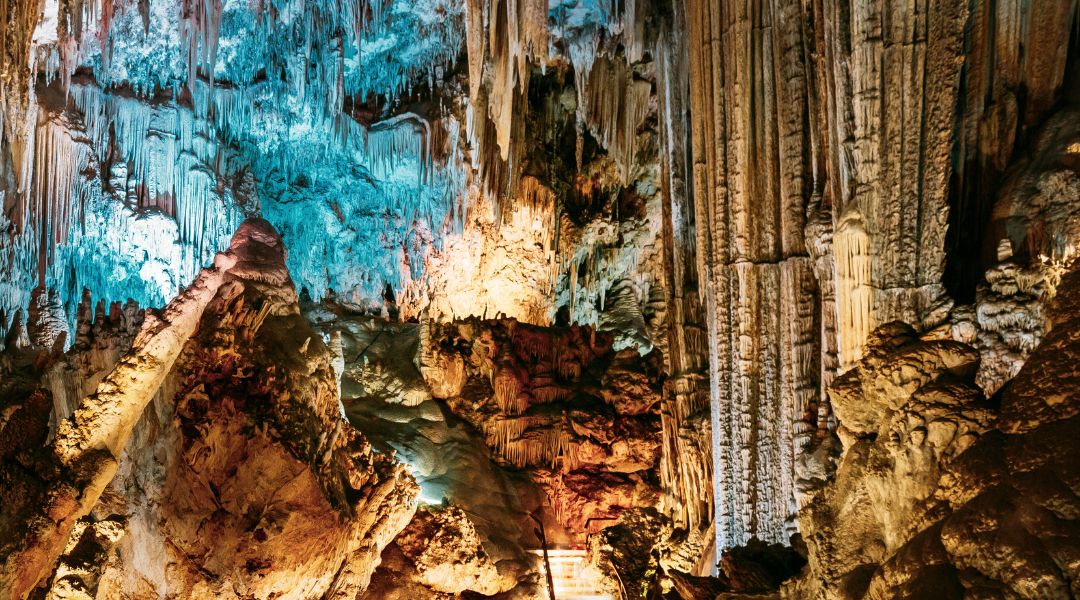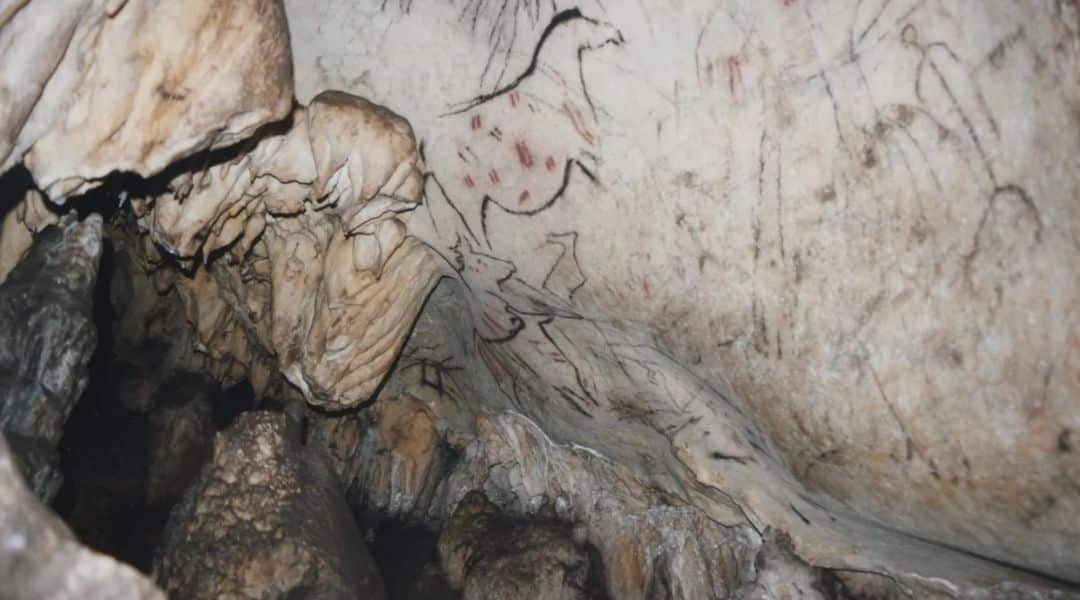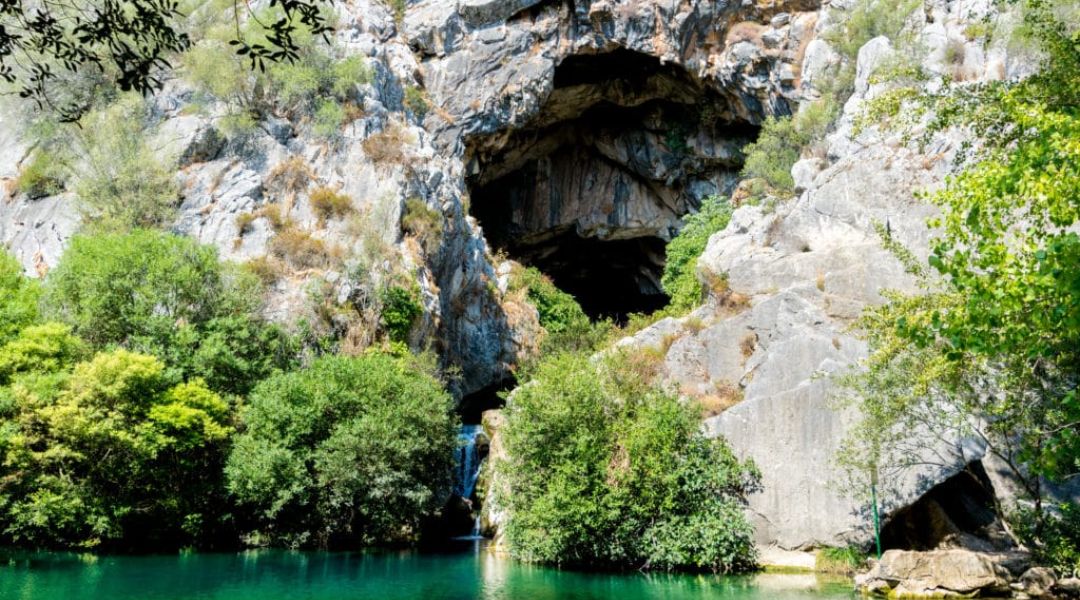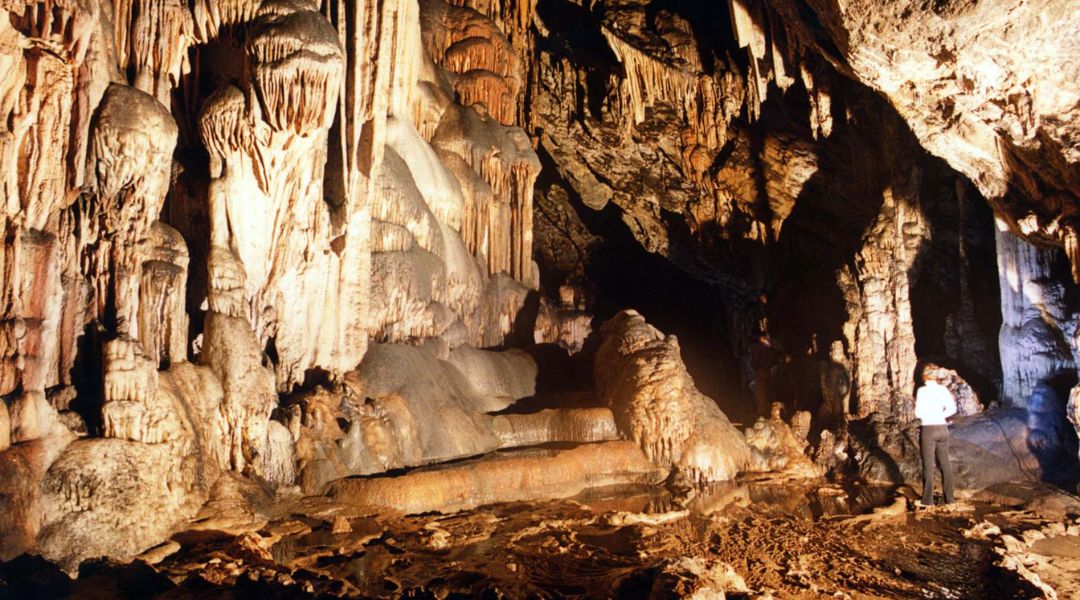Discover some of the main caves in the Malaga province that you can’t miss during your stay on the Costa del Sol and its surroundings.
Visiting these caves is an excellent idea, you will always find a pleasant climate there. During the summer, the province of Malaga enjoys a warm and sunny climate, which makes exploring the caves a pleasant and refreshing activity to escape the heat.
Many of these caves are located in natural, mountainous settings, allowing for hiking and other outdoor activities before or after visiting the caves. Exploring impressive geological formations and discovering the natural beauty of the region will make you discover another part of our land and disconnect from the noise of the city and stress.
Some of the caves have cave paintings and remains of ancient human activity, which will enrich your experience with an archaeological and historical touch.
Doing this activity will be a good option whether you are travelling alone, with family or with friends, since it is suitable for people of all ages and physical abilities, which makes it an excellent option to enjoy a different day.
Nerja Cave
The cave complex is located near the town of Maro, which is a district of Nerja, in the Axarquía region.
The natural environment in which the Cuevas de Nerja is located is characteristic of the Mediterranean area and offers a mixture of coastal and mountainous beauty. The surrounding area presents beautiful views of the Mediterranean Sea, beaches and steep cliffs. Additionally, the mountains surrounding the caves provide an impressive mountainous backdrop. The climate in the region is typically Mediterranean, with mild winters and hot, dry summers.
Main features:
- Size: The cave is very extensive and has several galleries and interconnected rooms. It has a length of more than 4 kilometres, although only a part of it is open to the public for its visit.
- Geological formations: The Cueva de Nerja is known for its impressive formations of stalactites and stalagmites, which have been formed over thousands of years by the action of water and the minerals dissolved in it. The shapes and sizes of these stalactites and stalagmites are truly amazing and make the cave an impressive visual spectacle.
- “La Colonnade”: One of the highlights of the cave is the Hall of “La Colonnade”, a large room where concerts and cultural events are held during the summer. The natural acoustics of this room are amazing, making it a perfect venue for musical performances.
- Archaeological history: The cave has been a place of archaeological interest due to the findings of human remains and objects dating from prehistoric times. Evidence of human settlement dating back more than 30,000 years has been found, making it a place of great historical and cultural importance.
- Accessibility: The Nerja Cave is well-equipped for tourist visits. There are paths and walkways that facilitate the journey inside the cave, allowing people of all ages to enjoy this unique experience.
Visiting the Cueva de Nerja is a very popular activity during the summer holidays on the Costa del Sol. The hot and sunny climate of the region makes this visit even more attractive, as it provides a respite from the heat outside. Furthermore, the natural beauty and geological formations of the cave offer a unique and fascinating experience for visitors.
Location:
The cave complex is located near the town of Maro, which is a district of Nerja, in the Axarquía region.
The natural environment in which the Cuevas de Nerja is located is characteristic of the Mediterranean area and offers a mixture of coastal and mountainous beauty. The caves themselves were formed over millions of years due to water erosion in the limestone rocks of the region.
The area that begins presents beautiful views of the Mediterranean Sea, beaches and steep cliffs. Additionally, the mountains surrounding the caves provide an impressive mountainous backdrop. The climate in the region is generally Mediterranean, with mild winters and hot, dry summers.
Cueva de la Pileta
La Cueva de la Pileta is another outstanding cave located in the province of Malaga, Spain. It is located near the town of Benaoján, in the Sierra de Líbar, and is known for its archaeological value and its impressive cave paintings. This cave is a prehistoric jewel that has been declared a National Monument.
Main features:
- Rock art: La Cueva de la Pileta is famous for the rock paintings found inside. These paintings date from the Bronze Age and the Upper Paleolithic, which makes them a significant sample of prehistoric art in the Iberian Peninsula. You will be able to admire representations of animals, human figures and symbols that have withstood the passage of thousands of years.
- Discovery: The cave was discovered in 1905 by José Bullón Lobato, a local farmer. Since then, it has been the object of study and protection to preserve its historical and cultural value.
- Guided tours: Access to the Cueva de la Pileta is only possible through guided tours, which guarantee a safe and educational experience for visitors. Local guides will explain the importance of the cave paintings and the history of the cave, enriching the visit with insights into the region’s remote past.
- Accessibility: Although it is a natural cave and is not adapted for people with reduced mobility, the guided tour includes paths and walkways that facilitate access and mobility inside the cave.
Visiting the Cueva de la Pileta is a fascinating experience for lovers of history, archaeology and nature. Immersing yourself in the prehistoric past and seeing the ancient paintings in their original location is a journey back in time that allows you to appreciate how the ancient inhabitants of the area lived and expressed themselves.
Location:
La Cueva de la Pileta is located in the province of Malaga, in the region of Andalusia, Spain. More precisely, it is located in the Sierra de Líbar, near the town of Benaoján, in the Serranía de Ronda region.
The cave is located in an impressive natural environment, surrounded by mountainous landscapes and Mediterranean vegetation. The walk to the cave and the surrounding environment are conducive to enjoying nature and the outdoors.
Cueva del Gato
La Cueva del Gato is another interesting cave found in the province of Malaga, Spain. This cave stands out for its natural beauty and its access to a waterfall and a pool of crystalline waters, which makes it especially attractive for those looking for a refreshing excursion during the summer.
Main features:
- Waterfall and pool: One of the main attractions of the cave is its access to a waterfall and a pool of crystalline waters. After exploring the cave, you can enjoy a refreshing swim in the cool, clear waters of the pool, making it an ideal activity to beat the summer heat.
- Hiking trails: To get to the Cueva del Gato, you generally follow a hiking trail that crosses impressive landscapes. The walk to the cave is an experience in itself and allows you to enjoy the outdoors and the natural beauty of the region.
- Space for adventure: The cave offers the possibility of exploring an underground space, although it is not necessary to go too far into it to enjoy its beauty. However, caution should always be exercised and respect the indications of the guides or local authorities to ensure safety.
- Suitable for all ages: The visit to the Cueva del Gato and the pool area is suitable for people of all ages and levels of physical condition. It is an activity that can be enjoyed with family or friends.
Visiting the Cueva del Gato during the summer holidays is an excellent idea because it offers you the opportunity to explore a beautiful cave, enjoy an impressive natural environment and cool off in a waterfall and pool of crystalline waters. It is a complete experience that combines adventure, nature and moments of relaxation in a unique environment.
Location:
La Cueva del Gato is located in the province of Malaga, in the autonomous community of Andalusia, Spain. It is located near the town of Benaoján, in the Serranía de Ronda region.
Cueva del Gato is located in the Sierra de Grazalema Natural Area, in a mountainous environment and surrounded by nature. The surrounding landscape is spectacular, with impressive rock formations and Mediterranean vegetation.
Cueva de Ardales:
The Cueva de Ardales is another outstanding cave located in the province of Malaga, specifically in the town of Ardales, Spain. This cave is known for its impressive geological formations and archeological history, making it an interesting place to visit in the region.
Main features:
- Geological formations: Cueva de Ardales has impressive geological formations, such as stalactites and stalagmites, which have been formed over thousands of years due to the action of water and minerals. These formations make the interior of the cave an amazing visual spectacle.
- Safe access: The cave has been conditioned to receive visitors, which includes the installation of paths and walkways that allow safe and comfortable access to its interior. Tours are generally guided to ensure the protection of the cave and to offer information about its history and geological formations.
- Archaeological history: The Cueva de Ardales has been a place of archaeological interest due to the findings of human remains and objects dating from prehistoric times. Evidence of human occupation dating back to the Paleolithic has been found, making it a site of historical and cultural importance.
- Natural wealth and landscape: In addition to the geological formations, the environment that surrounds the Cueva de Ardales is beautiful and picturesque, which makes the visit even more pleasant. The cave is located in a mountainous and wooded area, which offers an experience in contact with nature.
- Excursion and hiking: Visiting the Cueva de Ardales can be part of a larger excursion to explore the surroundings of the Desfiladero de los Gaitanes Natural Area or go hiking in the area, which makes it an attractive option for those who enjoy activities outdoor.
The visit to the Cueva de Ardales is an interesting and educational activity for those who want to explore the geological and archaeological history of the province of Malaga. It is an opportunity to delve into the prehistoric past and marvel at the natural formations that have been carved over millennia.
Location:
The Cuevas de Ardales is located near the municipality of Ardales, in the Guadalteba region.
The environment in which they are located is in a mountainous and natural area, characteristic of the region’s geography. The proximity to the Conde de Guadalhorce reservoir and the Guadalhorce river adds an aquatic landscape to its surroundings.
Cueva de Las Ventanas:
The Cueva de Las Ventanas is another interesting cave located in Andalusia, specifically in the province of Granada, although it is relatively close to the province of Malaga. It is a cave that owes its name to the impressive natural windows it offers, providing spectacular views of the surrounding landscape.
Main features:
- Natural Windows: The Cueva de Las Ventanas is known for its large natural openings that resemble windows, hence its name. These openings provide impressive panoramic views of the surrounding environment, which includes mountainous landscapes and Mediterranean vegetation.
- Speleothems: Like other caves, Cueva de Las Ventanas has impressive geological formations, known as speleothems, which include stalactites and stalagmites. The variety and beauty of these formations make a visit to the cave visually appealing.
- Natural environment: The cave is located in a mountainous and forested area, which offers the opportunity to enjoy a fascinating natural environment and engage in outdoor activities, such as hiking, before or after the visit to the cave.
- Controlled access: Like many caves with natural and archaeological value, access to Cueva de Las Ventanas is generally controlled and it is possible to visit it with guides or organized visits to guarantee the protection of the formations and the surrounding environment.
- Other nearby caves: In addition to Cueva de Las Ventanas, there are also other interesting caves and karst formations in the area, providing the opportunity to explore several caves during a longer visit.
Las Ventanas Cave offers a unique experience for lovers of nature and geological formations. Its name is due to the spectacular natural windows it offers, which allow you to admire the beautiful landscapes of the area from inside the cave.
Location:
These caves are located in the municipality of Piñar, in the Guadix region. The natural environment in which they are located is in a mountainous and desert area, characteristic of the geography of the Granada region.
The landscape around the Cuevas de las Ventanas presents a combination of hills and mountains, with vegetation adapted to the semi-arid Mediterranean climate. The ground is rocky and temperatures can be extreme, being hot in summer and cold in winter. The surrounding area is known for its arid terrain and natural beauty, making the caves a point of interest both for their geological formation and their prehistoric history.
Do not think twice, visiting the main caves in the province of Malaga on your vacation will give you an unforgettable experience in a fascinating natural and cultural environment, while you enjoy a pleasant climate and various outdoor activities.





